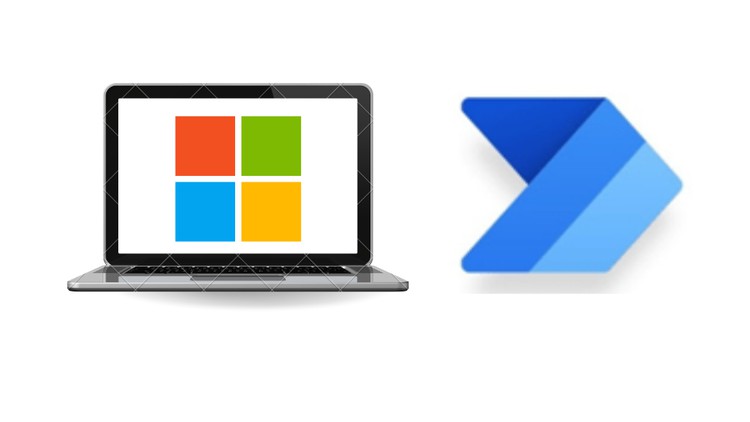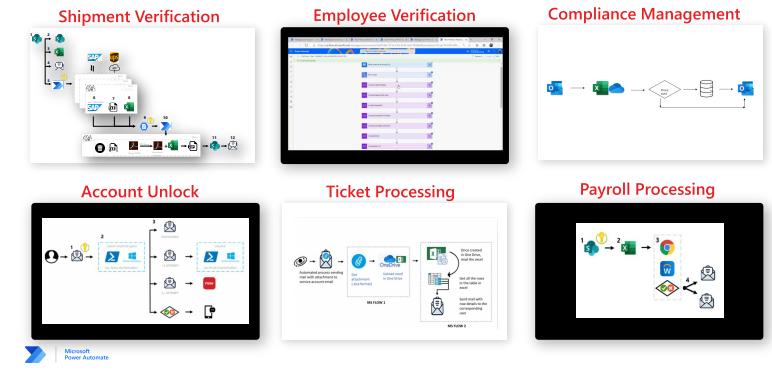

Update notifications offer you the option to delay the update and proceed with it at a later time.


Power Automate frequently checks for updates and displays appropriate notifications. You can find more information regarding this functionality in Run desktop flows via URL or desktop shortcuts. Through the Details pane, you can edit the name and description of the flow, as well as see the owner, the creation and last modification dates, and the flow ID.Īdditionally, there's a Run URL that you can use to run the flow through many different sources, such as browsers, the Windows Run application, and the Command Prompt. To review the details of a desktop flow, right-click on it and select Details. Only admins can change data collection settings. To decide whether Microsoft may collect diagnostic data to improve user experience, navigate to the Data collection settings tab. You can find more information about external links in Run desktop flows via URL or desktop shortcuts.

The Display confirmation dialog when invoking flows externally option allows you to disable this functionality. To find more information regarding Power Automate notifications, refer to Runtime notifications.īy default, Power Automate always prompts you to confirm the triggering of a desktop flow via URL or desktop shortcut. Using the Monitoring/Notifications dropdown menu, you can choose whether Power Automate will display integrated Windows notifications, a custom monitoring window, or no notifications at all. You may also set a hotkey combination to stop running flows instantly. Under the Application category, select whether Power Automate should launch automatically and whether closing the console will also close the application. To configure Power Automate for desktop to your liking, select the Settings button. When more than one person changes a shared desktop flow, the last person who saves the flow overrides all previous actions.


 0 kommentar(er)
0 kommentar(er)
